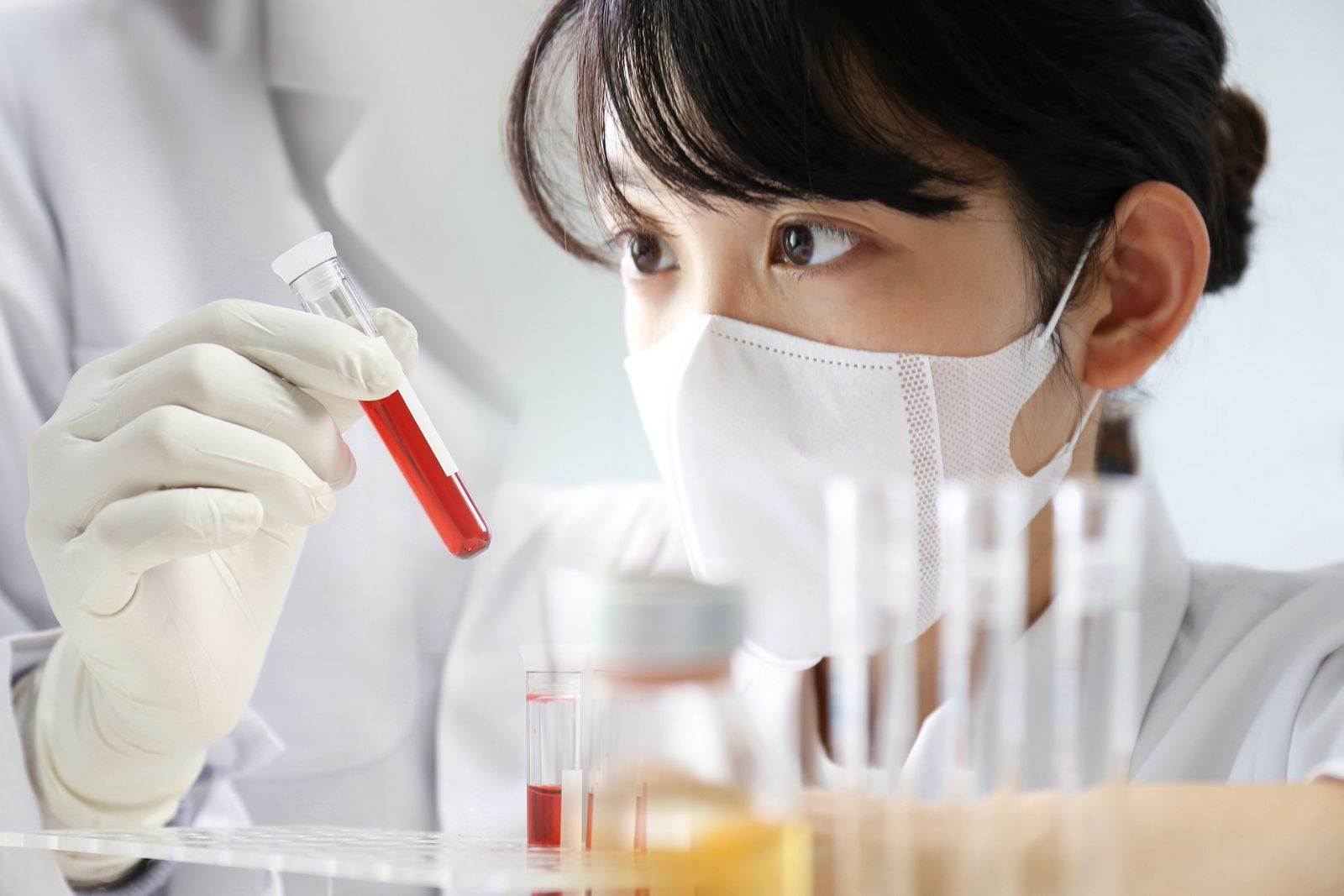Aug. 14. 2023Blog
How to maximize chances of success when expanding your CGT&RM portfolio into Japan

The cell and gene therapies and regenerative medicines (CGT&RMs) market is experiencing unprecedented growth. The therapies show remarkable potential in treating a host of medical conditions, making them an exciting avenue for developers to explore. And with so much development opportunity, the market has significantly untapped commercial promise. As such, more pharmaceutical and biotechnology companies than ever before are looking to expand their CGT&RM portfolios, particularly into new territories.
Japan is an ideal region for CGT&RM portfolio expansion, and it’s easy to see why:
- An ageing population with increased need for CGT&RM products
- Advanced technological capabilities
- Rapid approval pathways
- Central location for further Asia-Pacific expansion
But developing CGT&RMs is no easy feat. And when doing so in a foreign country ,where you lack regional regulation and process knowledge, it can seem exceptionally daunting.
So, how can you maximize your chances of success when expanding your CGT&RM portfolio into Japan? Let’s look at the options and what considerations you need in more detail.
Successfully expand your portfolio with a Japan-based CDMO
When looking to expand CGT&RM portfolios into Japan, there are three approaches you can take: go it alone, manufacture local and ship to Japan, or partner with a Japan-based CDMO. We summarize the options below (if you want to know more, read about the first two options in-depth in our earlier blog):
- Go it alone
Companies may consider going solo and building their own facilities in the region. But this has high upfront costs, is complex, and time intensive. What’s more, companies must navigate significant unknown terrain, including regulatory and legal obligations, as well as language and cultural differences.
- Manufacture local and ship to Japan
Manufacturing local and shipping to Japan avoids building expensive infrastructure in an unfamiliar region, but local manufacture has its own drawbacks. For example, companies may need to ship their therapeutics long distances, which is only viable for less delicate products. Autologous therapies are a no-go, too, as they rely on both speedy manufacturing and transport. Additionally, companies must rigorously plan for and consider Japan’s export and import laws for biological materials.
- Partner with a Japan-based CDMO
By working with a Japan-based CDMO, you can benefit from local facilities, local knowledge of regulations, and local experience of language and culture. Many advantages for partnering with a Japan-based CDMO exist:
- No upfront investment in foreign manufacturing infrastructure
- No need to build, run, and maintain manufacturing facilities in Japan
- Enables you to develop both autologous and allogenic products
- Flexibility to develop just one product, as you don’t need to justify infrastructure costs with a multi-product pipeline
- Simplify logistics by having manufacturing facilities in the same country as patients
- More advantages are discussed in our guide
CGT&RM experience is key
Given the sensitivities of CGT&RM manufacture, choosing the right CDMO can make or break your project. Notably, these treatments are made from sensitive and varied starting materials and require non-standard clinical manufacturing processes.
Not every CDMO is equal, so it’s vital to carefully consider who is best equipped to handle your project. The capabilities, experience, and technological know-how vary from partner to partner, so you must choose a CDMO with expertise relevant to your program.
So, what should you look for in a CDMO? We highlight three important considerations:
- CGT&RM manufacture expertise across different cell types and vectors, for repeatable, scalable, and compliant workflows
- Efficient manufacturing processes, for time- and cost-effective procedures
- Smooth technology transfer capabilities, for issue-free and simplified processes
By choosing a CDMO that offers such capabilities, you prepare your expansion project for success from the start.
What other qualities does an ideal Japan-based CDMO possess?
The benefits of working with a Japan-based CDMO are clear: no major upfront investment and commitment to building and maintaining manufacturing facilities, the flexibility to develop as many (or as few) autologous and allogenic products as you require, and simplified logistics. Ultimately, by carefully choosing the right Japan-based partner, you can set your project up for success.
But factoring in CGT&RM-specific manufacturing expertise is just the tip of the iceberg. There are many other considerations to keep in mind when searching for a Japan-based CDMO who will help maximize your CGT&RM portfolio expansion success in Japan.
To discover more about what you should look for in a Japan-based CDMO, download our FREE guide today: Exploring options for successful CGT&RM development and manufacture in Japan”.

